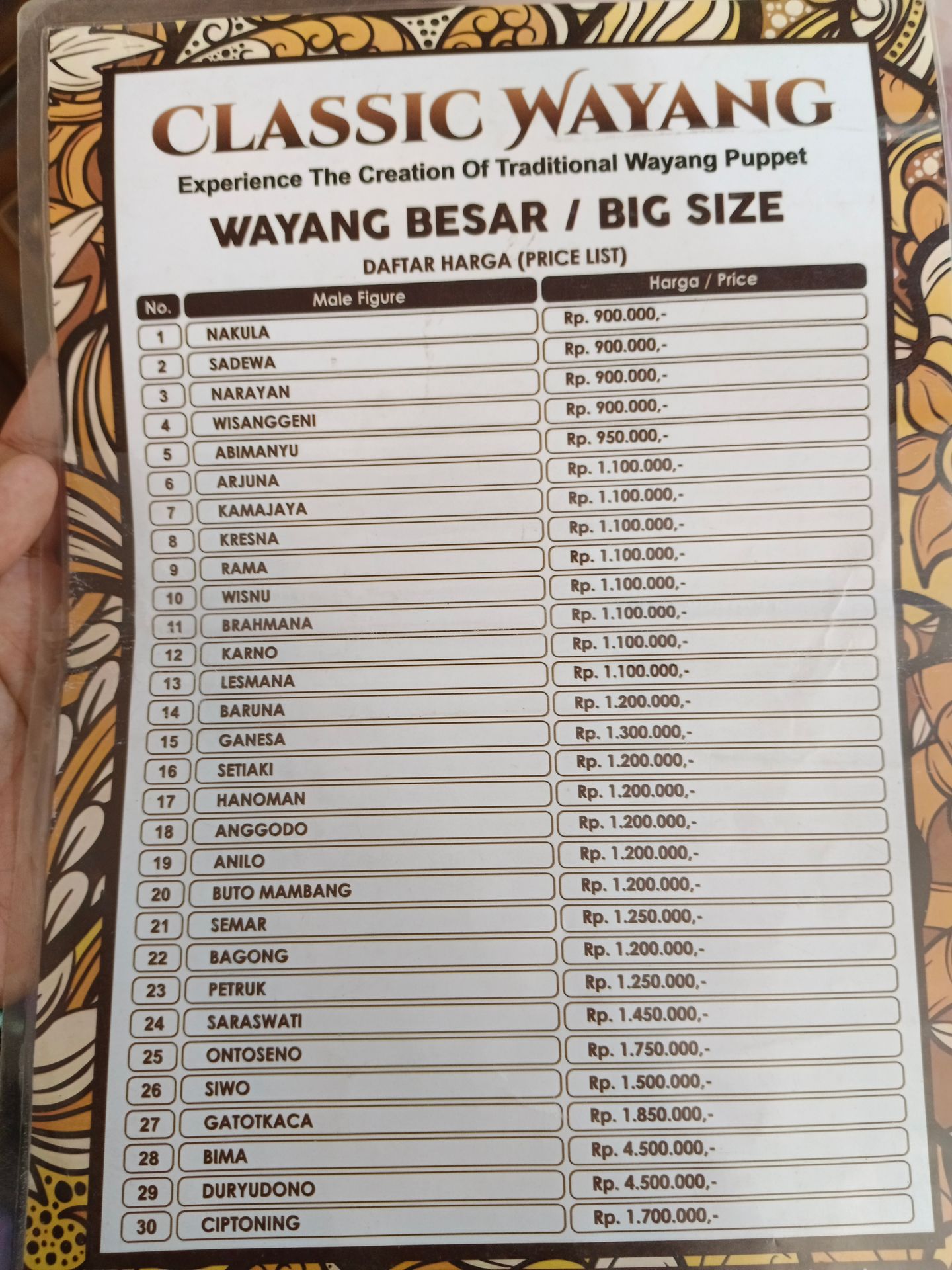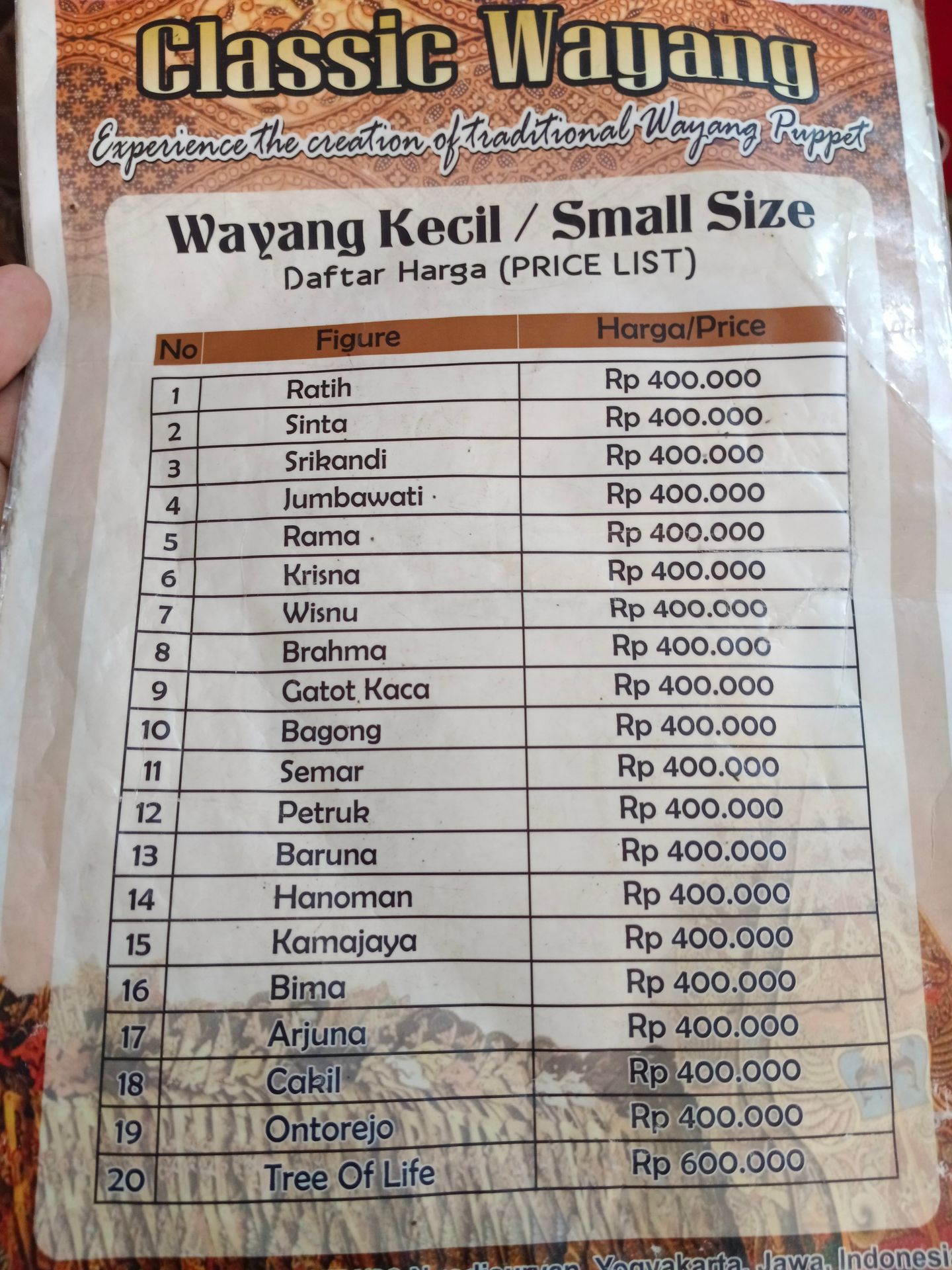Exploring the Cultural Heritage of Wayang Puppetry
The Origins of Wayang Puppetry
Wayang puppetry is an ancient form of storytelling that has been an integral part of Indonesian culture for centuries. This unique art form, believed to have originated in Java, combines intricate puppets, dramatic narration, and musical accompaniment to convey stories rich in moral and philosophical themes. The term "wayang" itself means "shadow" in Javanese, which reflects the traditional method of using shadow puppets to tell these tales.
The roots of wayang are deeply intertwined with Hindu and Buddhist mythology, as many of the stories told through this medium are derived from epic tales like the Ramayana and the Mahabharata. Over time, wayang has evolved to incorporate local folklore and Islamic influences, creating a rich tapestry of narratives that highlight the diverse cultural heritage of Indonesia.
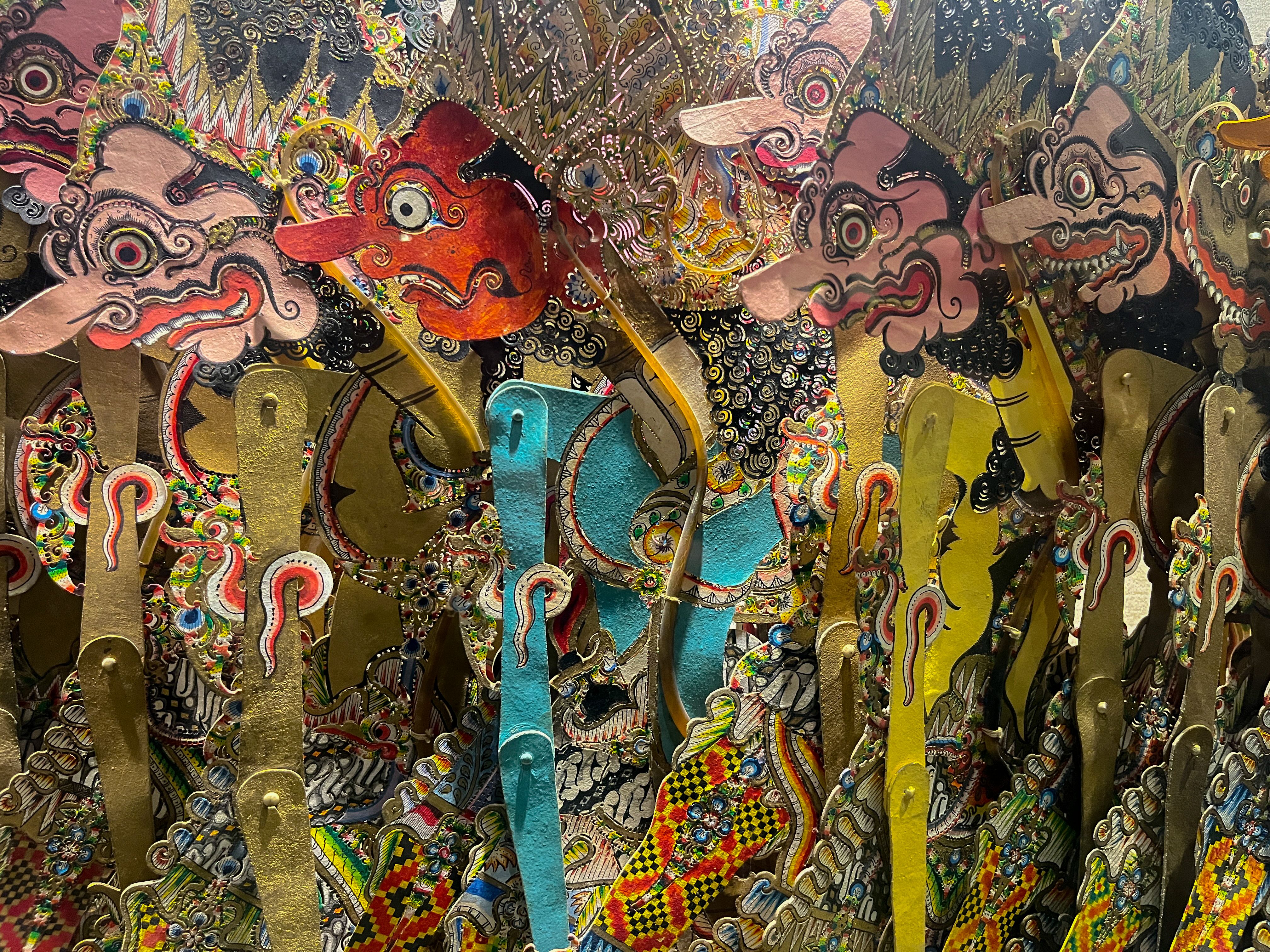
The Craftsmanship Behind Wayang Puppets
One of the most fascinating aspects of wayang puppetry is the craftsmanship involved in creating the puppets themselves. Skilled artisans painstakingly carve each puppet from materials such as buffalo hide and wood, ensuring that every detail is meticulously crafted. The puppets are often painted with vibrant colors and adorned with intricate patterns, reflecting both artistic expression and traditional symbolism.
The process of making these puppets is a revered skill passed down through generations. Craftsmen spend years perfecting their techniques, learning to balance form and function so that the puppets can be manipulated with precision during performances. This dedication to craftsmanship not only preserves the art of wayang but also keeps it relevant in contemporary culture.
Traditional symbolism of wayang
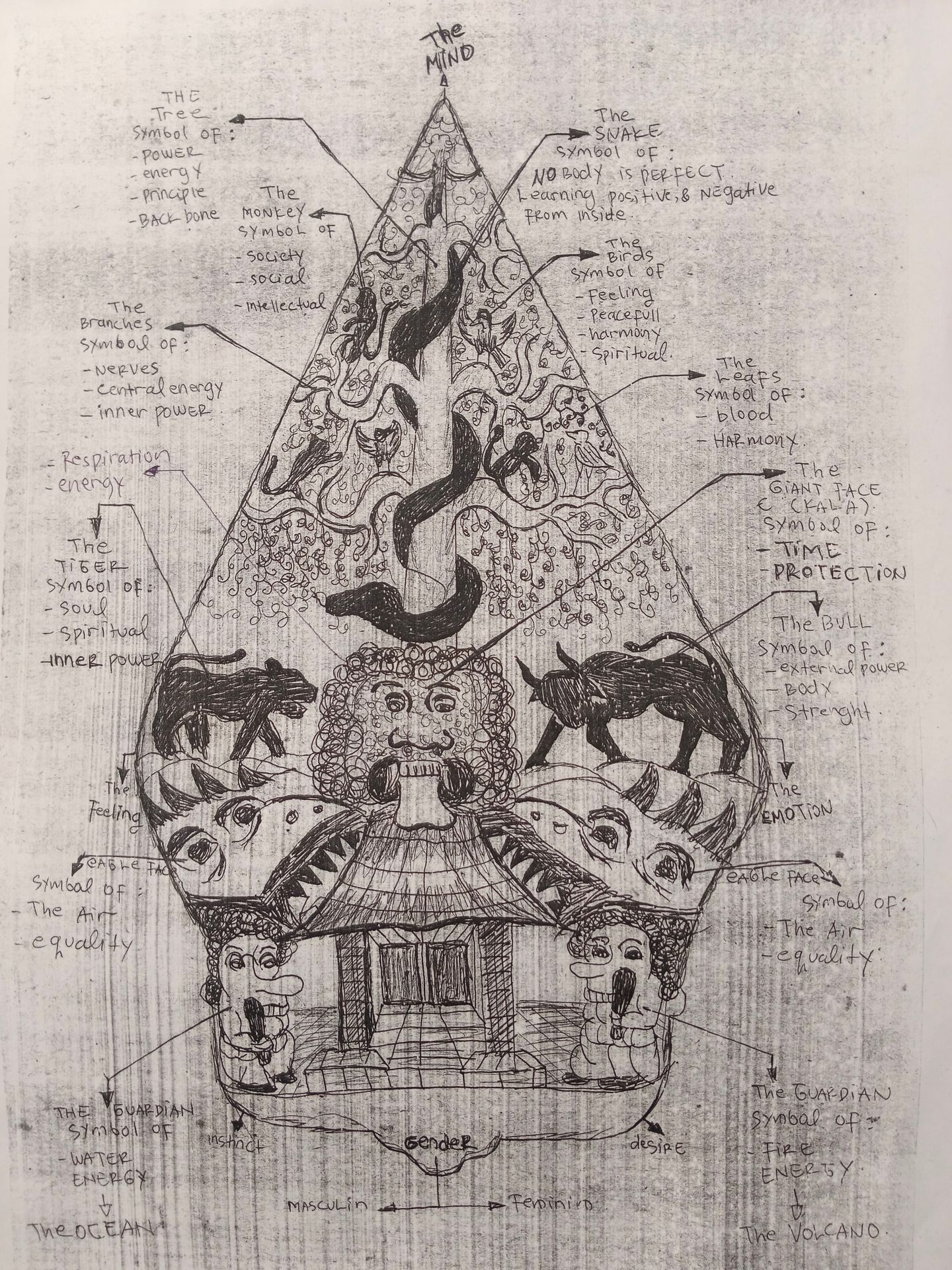
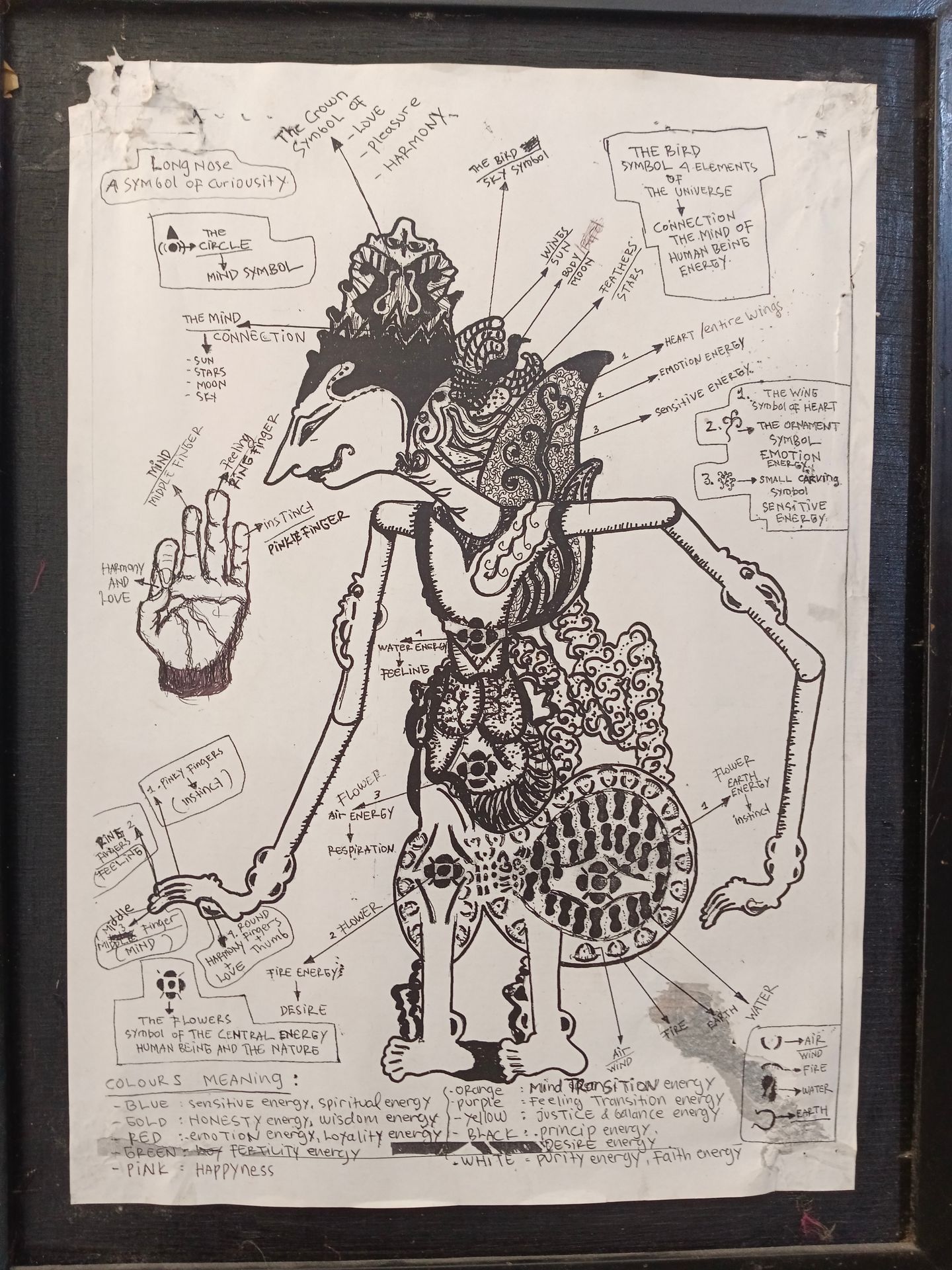
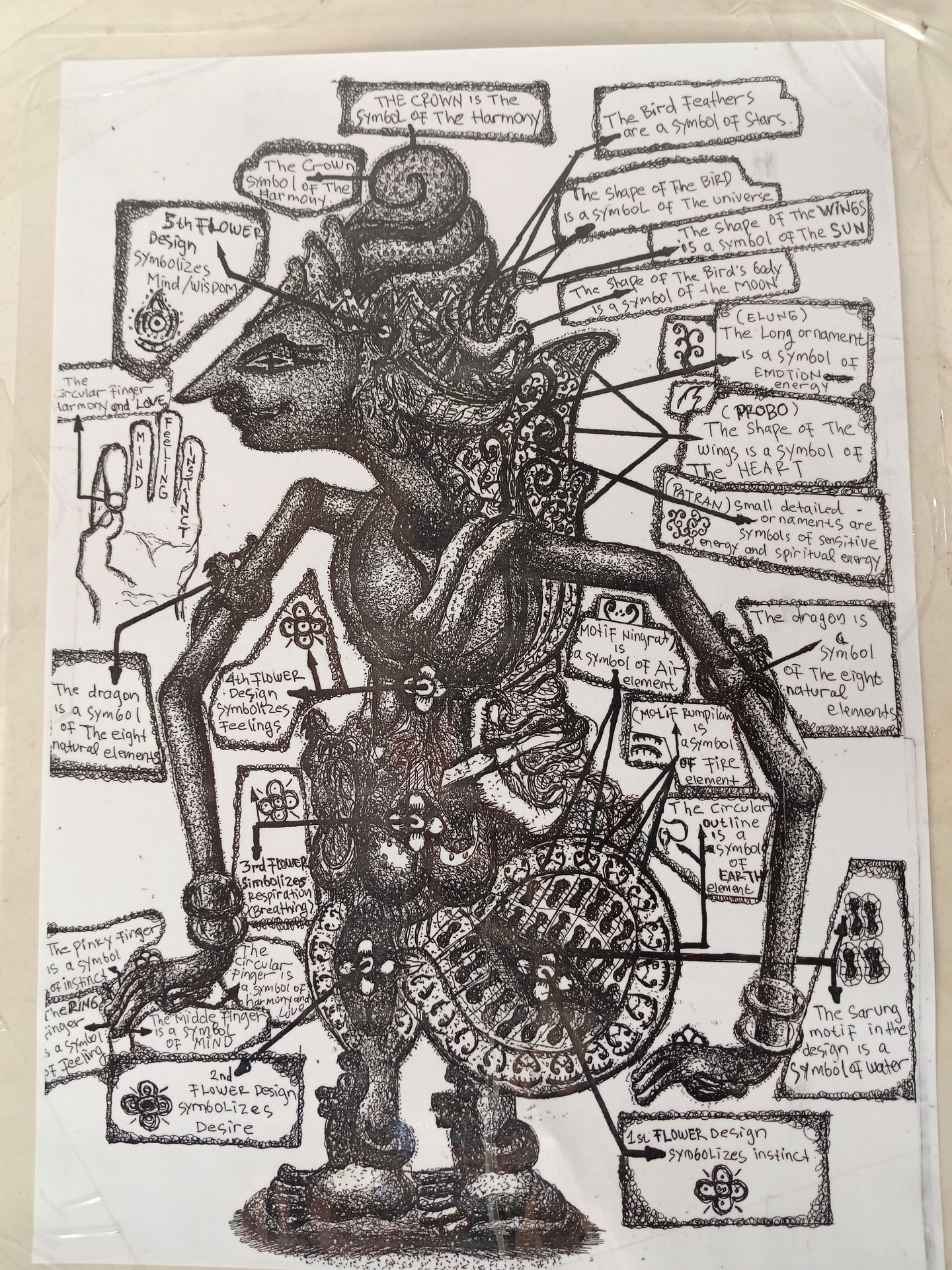
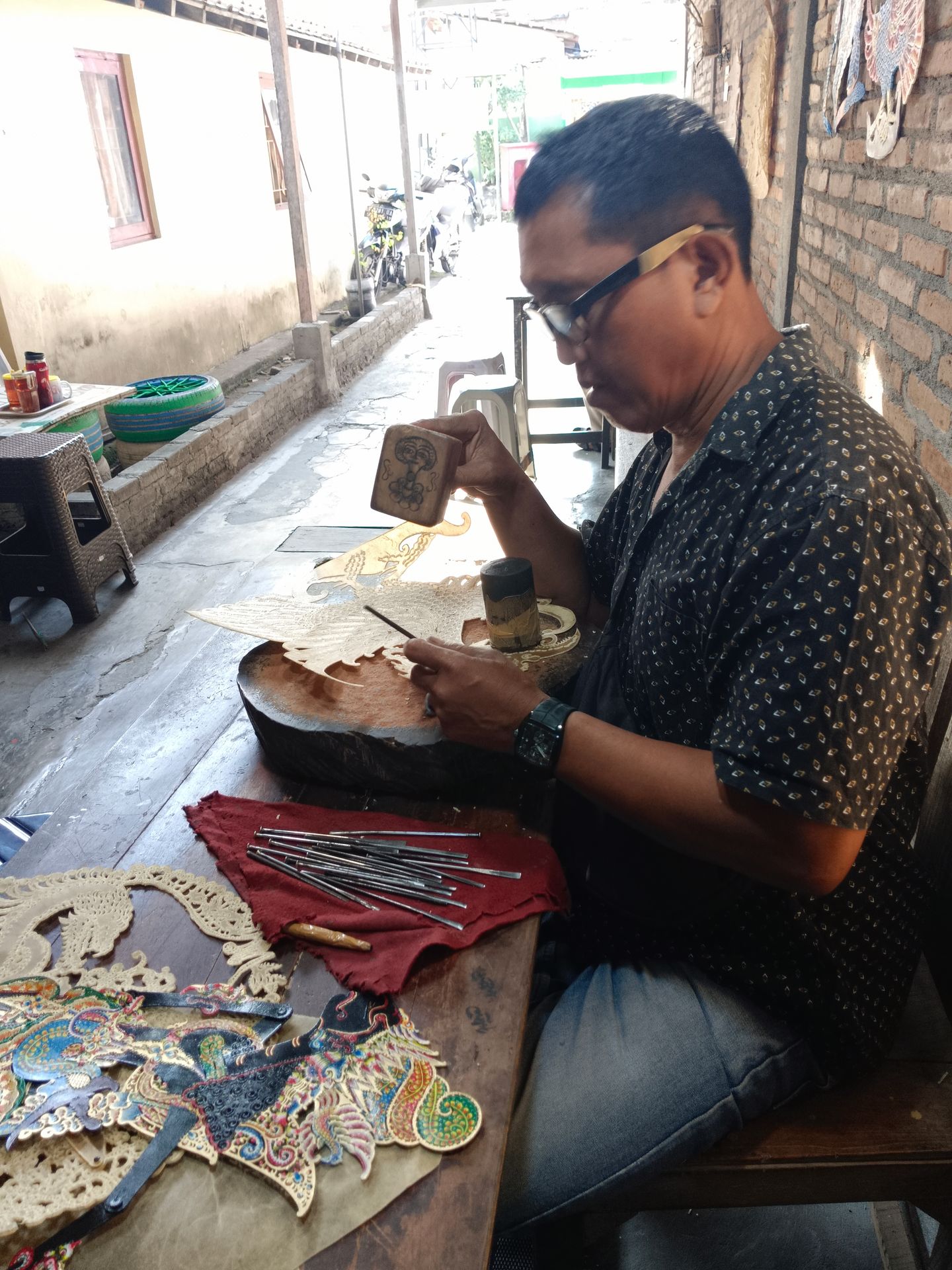
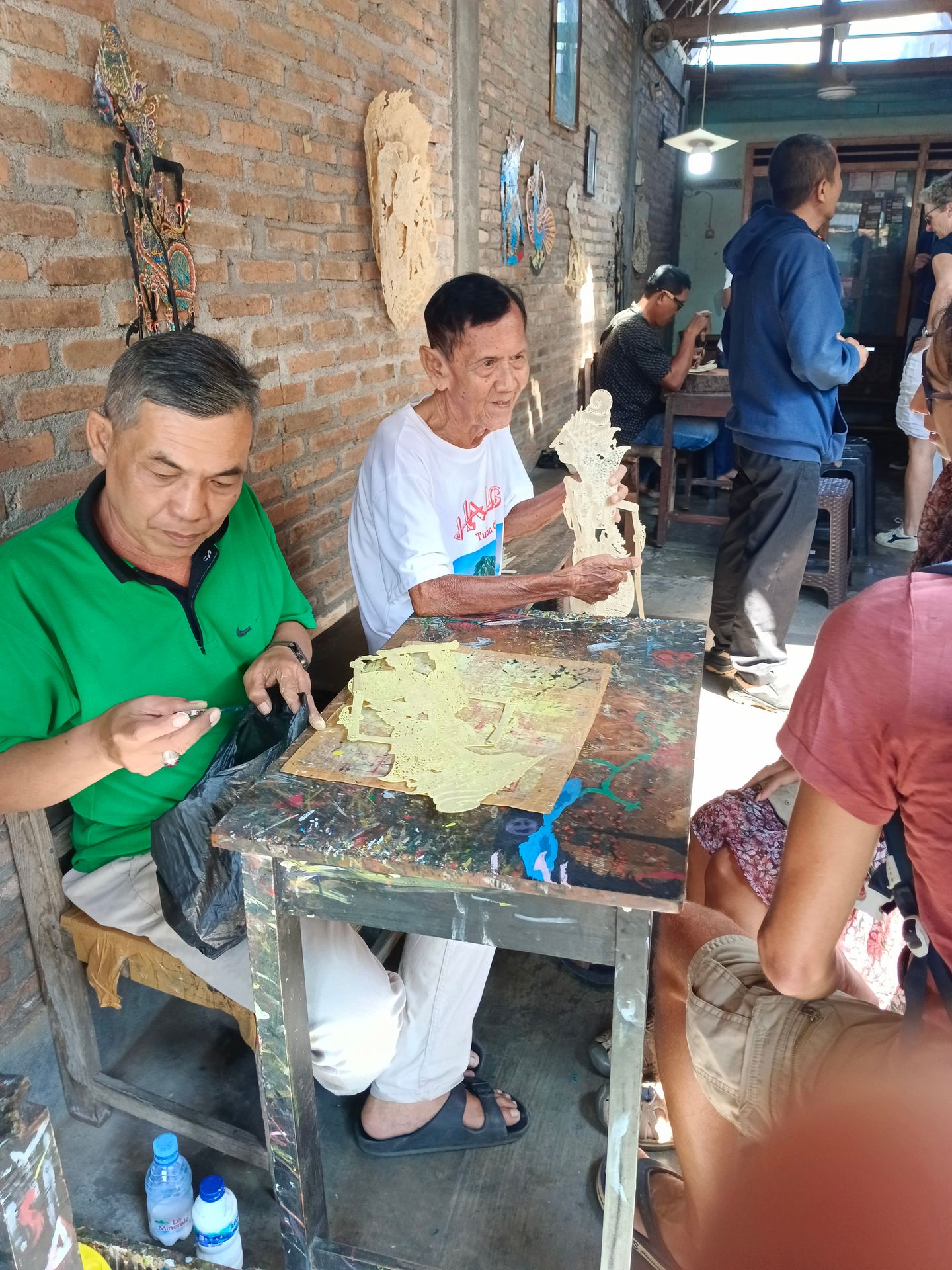
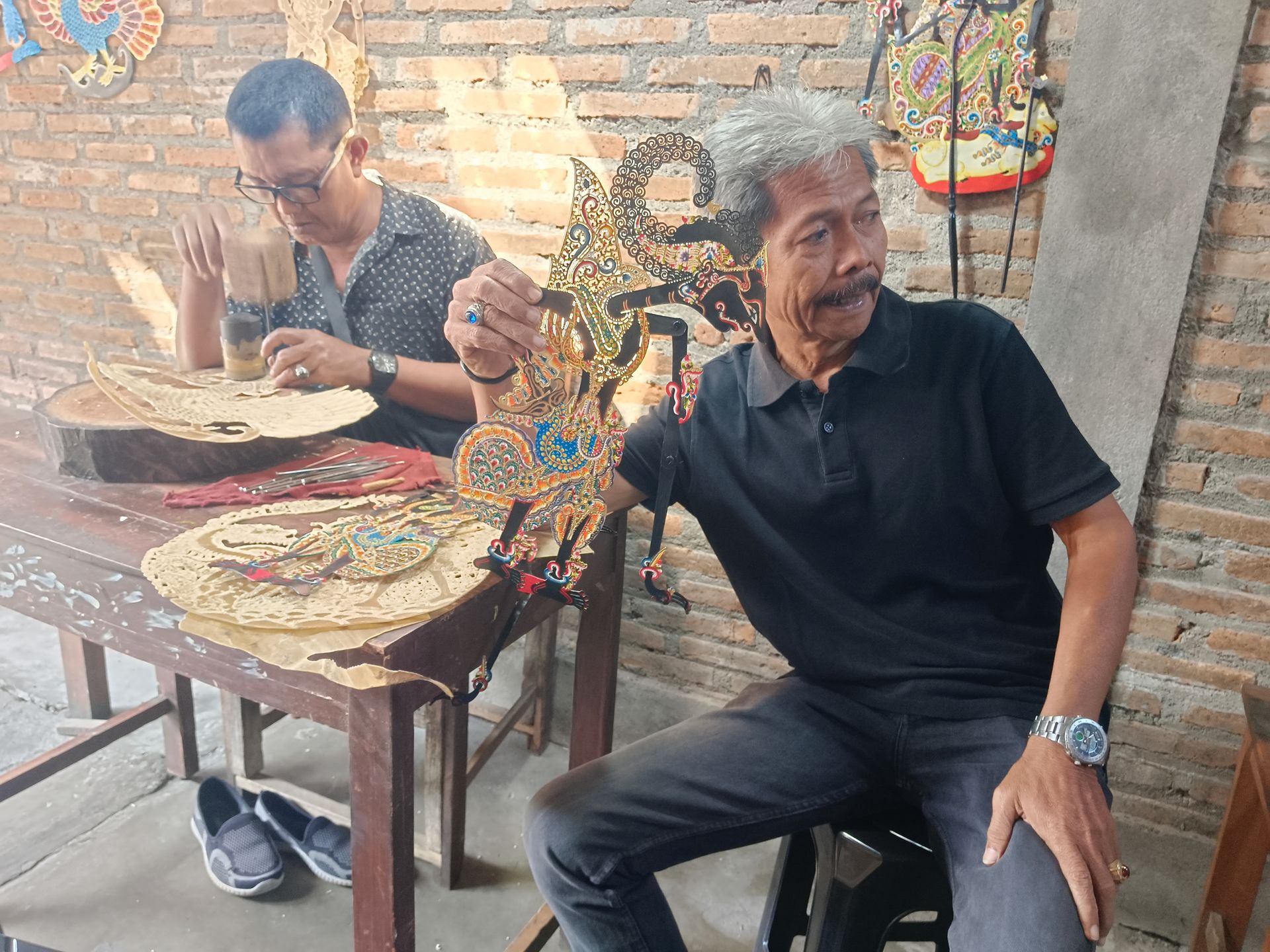
The Role of the Dalang
At the heart of any wayang performance is the dalang, or puppet master. The dalang is responsible for bringing the puppets to life, using a combination of voice modulation, intricate movements, and engaging storytelling. This role requires immense talent, as the dalang must be adept at multitasking—manipulating several puppets simultaneously while narrating the story and coordinating with musicians.
The dalang often serves as a cultural ambassador, sharing insights into moral and ethical dilemmas through the narratives presented. The ability to connect with audiences of all ages makes wayang a timeless form of entertainment that continues to captivate viewers across generations.
Wayang Kulit vs. Wayang Golek
Wayang puppetry encompasses various styles, each with its distinct characteristics. Two of the most popular forms are Wayang Kulit and Wayang Golek. Wayang Kulit employs flat leather puppets that cast shadows on a screen, creating a mesmerizing visual experience. This style is renowned for its intricate shadow play and is most commonly associated with Javanese culture.
In contrast, Wayang Golek uses three-dimensional wooden puppets, allowing for a more dynamic performance. This style is prevalent in West Java and offers a different aesthetic appeal with its colorful and expressive figures. Both forms showcase the versatility of wayang as an art form, each bringing unique elements to the storytelling process.

The Cultural Significance of Wayang
Wayang puppetry holds deep cultural significance in Indonesian society. Beyond entertainment, it serves as a medium for cultural preservation, education, and social commentary. Performances often address contemporary issues, providing a platform for reflection and discussion within communities.
Additionally, wayang plays a vital role in religious ceremonies and cultural festivals, reinforcing its importance as a cultural touchstone. By engaging audiences with its compelling narratives and artistic expression, wayang continues to foster a sense of identity and community among Indonesians.
Preserving the Legacy of Wayang Puppetry
In an ever-evolving world, preserving the legacy of wayang puppetry is crucial for maintaining cultural heritage. Efforts to document performances, train new dalangs, and promote international awareness are vital to ensuring the art form's survival. Many organizations and cultural institutions are dedicated to this cause, providing resources and platforms for both traditional and innovative interpretations of wayang.
The global appreciation for wayang puppetry is growing, as enthusiasts around the world recognize its artistic value and cultural significance. By celebrating this ancient art form, we contribute to a shared understanding of humanity's diverse cultural expressions.
Price of Wayang
